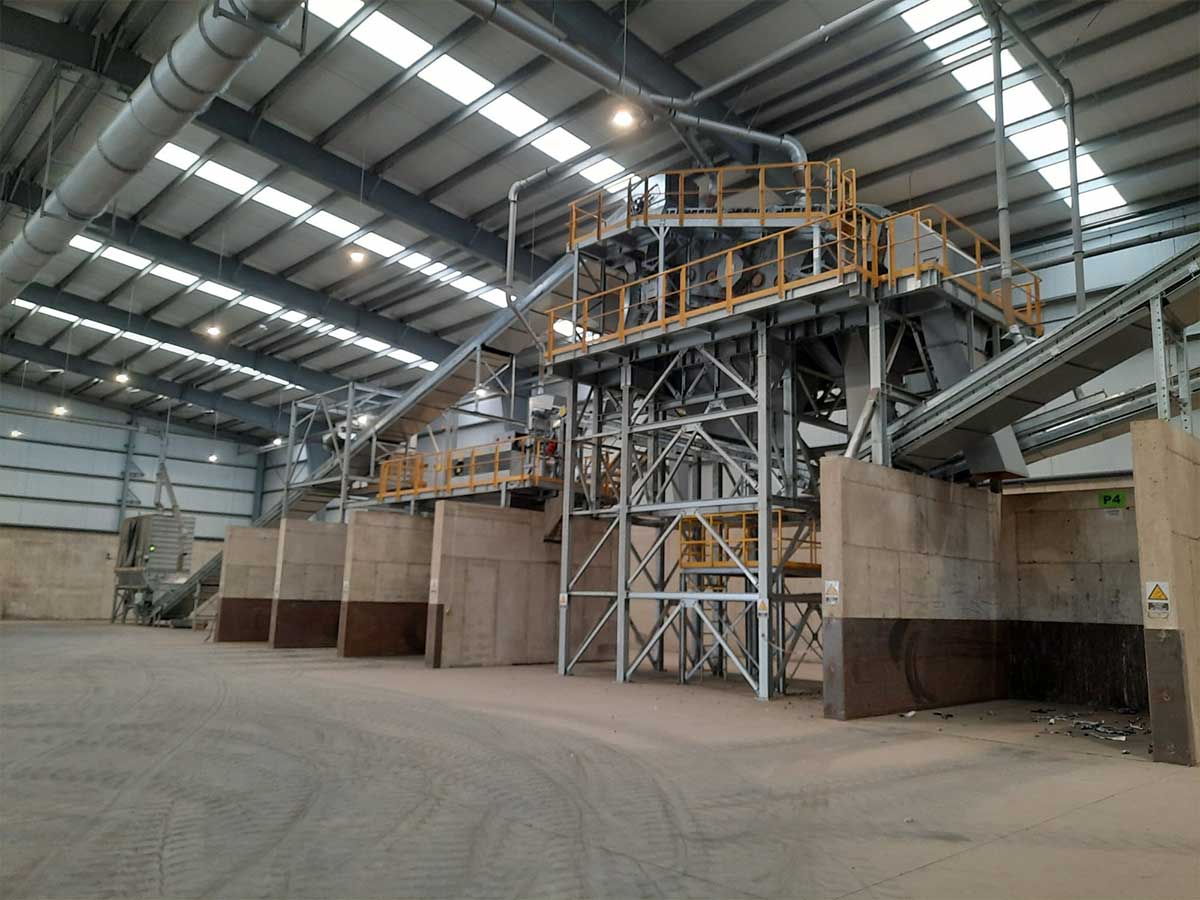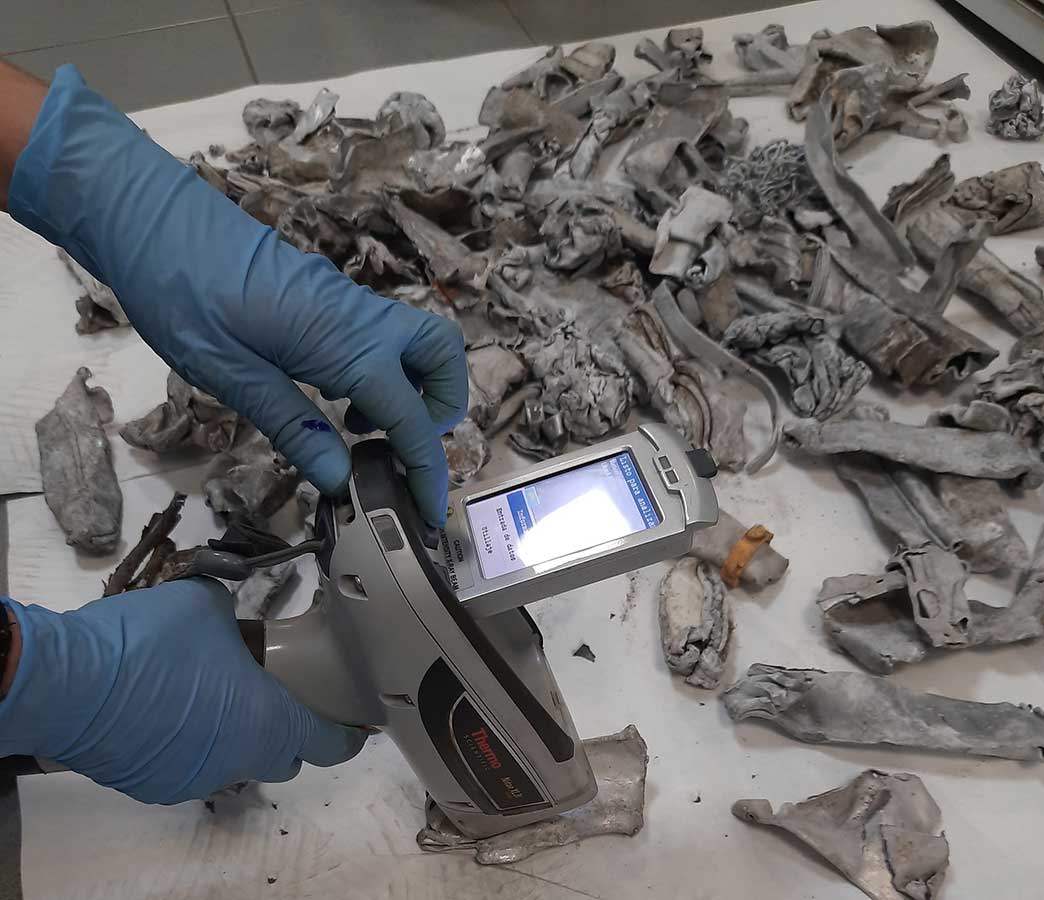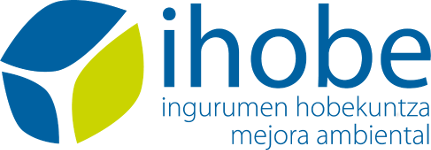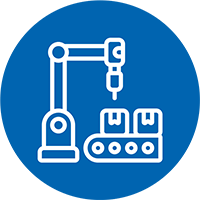ALE
SEGREGATION OF SECONDARY ALUMINIUM ALLOY STREAMS
A so-called downgrading effect occurs in secondary aluminium (Al), which enables it to be used as a raw material for references with high technical requirements, to which only primary Al has access. There are only a few production lines for recycled Al wrought alloys in Europe. These lines require a significant input of material from scrap plate and other sources of highly controlled composition, but there is currently no European company capable of obtaining wrought alloys when using aluminium scrap from mixed waste of different origins.
REYDESA, part of the OTUA GROUP, has the best sensorised techniques for extracting the greatest possible amount of secondary Al of homogeneous composition from end-of-life vehicles (ELVs), is leading ALE, on which it has worked with INATEC, the Group's R&D unit, and the GAIKER Technology Centre.

DRIVING FACTOR



 OBJECTIVES
OBJECTIVES
- Carry out a pre-industrial test with LIBS technology to complete the Al alloy segregation process, improving the current X-Ray separation technique in two qualities(wrought and cast) that is carried out at REYDESA.
- Research, develop and optimise innovative technologies capable of segregating Al alloys of compatible composition by means of XRF (X-ray fluorescence spectrometry) and LIBS (laser induced plasma spectroscopy) sensing, or a combination of XRF sensing, hydrometallurgical process, colour separation, and LIBS.
- Assess the technical and economic feasibility of applying automatic and continuous sorting technologies in order to define an Al scrap by-product of compatible composition capable of competing with primary Al in the Al processing industry.
- Evaluate the sustainability and circularity of the technologies and processes developed in the project by means of a Life Cycle Analysis (LCA).
 RESULTS
RESULTS
- The most technically and economically feasible scenario is the application of XRF separation methods for the segregation of alloys according to their heavy alloys (copper and zinc) and LIBS for the separation of alloys according to their light alloys (magnesium and silicon).
- 59% separation is achieved by aluminium alloy families (6xxx, 5xxx and Al-Si).
- A rich remainder fraction of the 1xxx family of aluminium alloys is obtained.
- State-of-the-art clean separation system (FRX + LIBS) with minimal waste generation.
- Savings of 4.7 tonnes of CO2 equivalent emissions per tonne of aluminium produced, as well as 9,015m3 of water equivalent compared to the production of primary aluminium.
 CONCLUSIONS
CONCLUSIONS
- XRF and LIBS sensory separation of a post-consumer Al stream (ELV and WEEE), enables the segregation of alloys of compatible composition, obtaining high separation ratios and purities in the alloys studied: Al-Mg-Si, Al-Mg and Al-Si, and product quality is increased by minimising waste generation.
- In LIBS separation, it is necessary to apply the laser ablation technique and/or spectra processing by numerical methods to remove surface interferences (dirt, coating...) from the Al fragments.
- The morphology of the parts for LIBS analysis is problematic in cases in which the parts are not flat.
- On an industrial scale, the analytical production capacity of the combined XRF + LIBS equipment has to be assessed.
ENVIRONMENTAL
TECHNICAL
ECONOMIC
COMMERCIAL
ON THE MARKET





